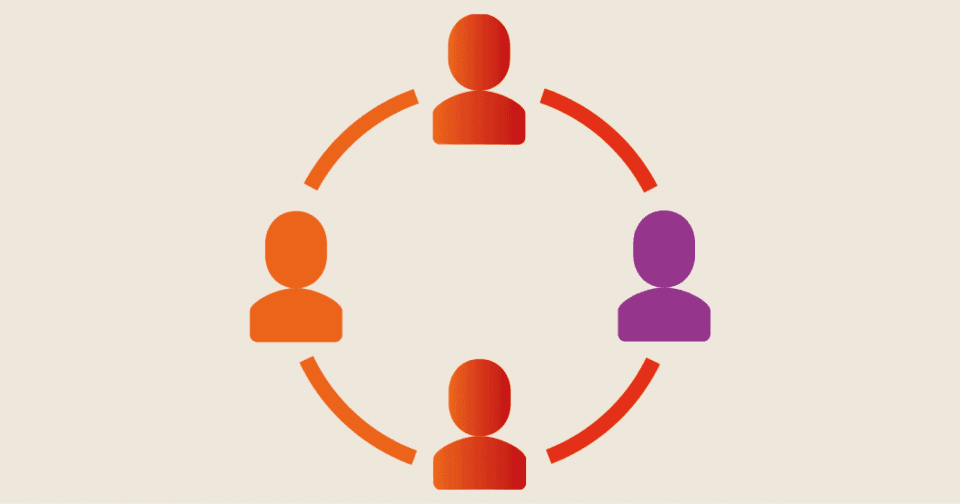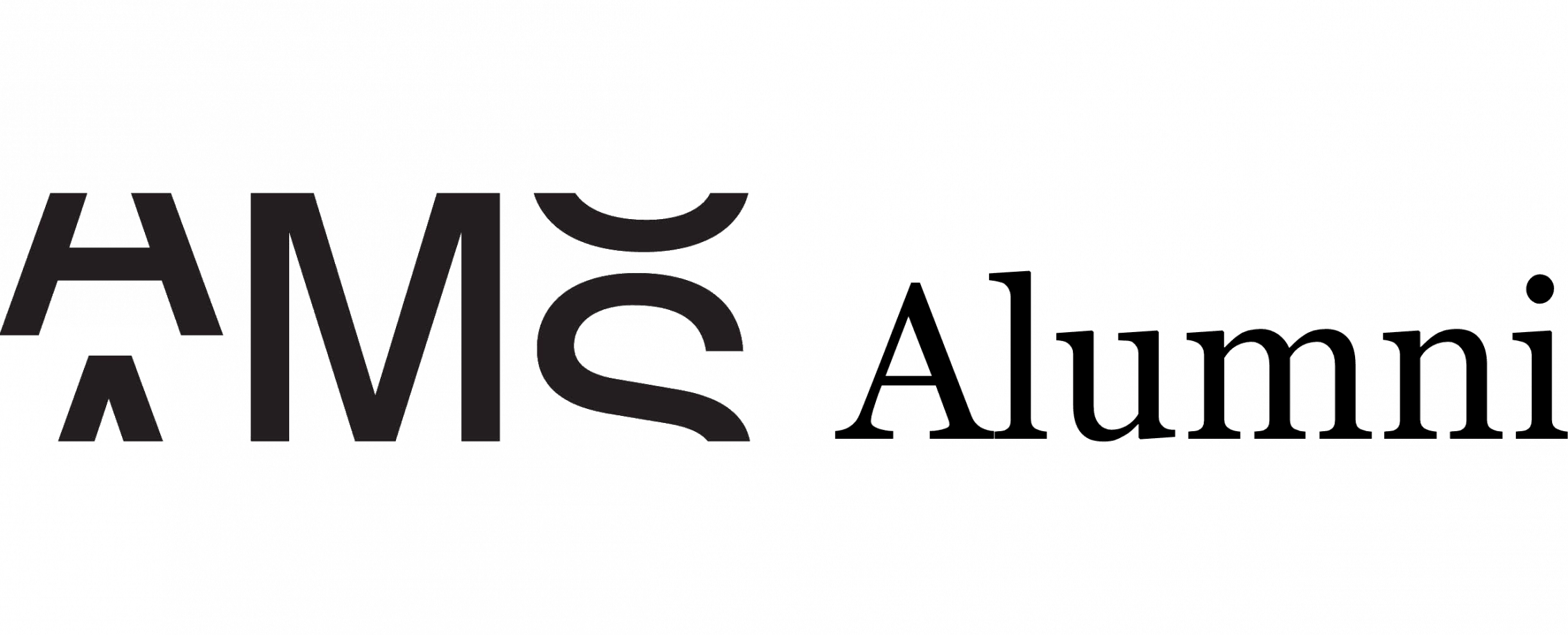Innovations in workplace & organizational design: is the honeymoon phase abruptly coming to an end?
More and more companies are shutting down offices and allowing their employees to work from home. Hybrid work, or the combination of working from home, at the office or at a third location, is definitely on the rise. Ten years ago, hybrid work would have been unthinkable. In 2010, 15% of Belgian employees worked from home. Today, this is no less than 35%.
At the same time, more and more organizations are looking for new ways to respond more flexibly to customer and environmental needs. The classic, rather closed and bureaucratic hierarchy is giving way to a more open and dynamic organizational design. Innovative labor organization, self-management, network organization are all different names for the same movement.
The bright side with a vengeance
These innovations in workplace and organizational design hold a lot of promise. Thus, workplace innovation is often associated with less traffic jams, a better work-life balance, and a more conscious use of focus time versus collaboration. Recent AMS research confirms these three promises. Full-time remote work will open even more doors for some of us: sign into Microsoft Teams from your holiday home in Spain and there you are, starting your workday. Pretty awesome, right?

Innovation in organizational design is fundamentally about cutting out excess hierarchy. The result is a flatter organization with employees who are doing more fulfilling and varied jobs and who can address customer needs both faster and better. Here, too, optimism reigns, all the more so when the two innovation movements meet and reinforce each other. After all, hybrid work also implies more autonomy, ownership, and self-management. And both movements require a new leadership style: an empowering and results-based style, or shared leadership. In that case, employees no longer need a leading position to take on a leadership role.
Research confirms that 49% of employees currently experience more autonomy. This is much higher than the 14% of them who were already mostly working from home before the COVID-19 pandemic. This may be caused by the increase in remote work.
The dark side with a vengeance
The danger of working from home is that we are currently in a kind of honeymoon phase, according to former research at Stanford University. At first, the benefits outweigh the downsides, but in the longer term employees will experience a lack of social interaction and connection. Today, it is recommended that you limit homework to one to three days a week. However, employees have very different expectations about working from home after the pandemic. This may lead to the creation of two opposing camps: the ones who have embraced remote work and the fans of office work. The manager’s attitude will play an important role in this.
A survey by LAMMP in May 2020 of 400 employees in Flanders shows that only one in five feel they get more work done when their supervisor or coworkers are not around. One in three say they are more disciplined. For almost half of the respondents, the biggest reason to return to the office is a better collaboration with coworkers. 15% say they can achieve a better work-life balance and 11% want to engage more with the company. These figures show that working from home may lead to more focus and less stress for some, and to less focus and more stress for others.
It comes as no surprise that executives have had difficulty with working from home in the past. The launch of a new organizational model, whether or not combined with an evolution toward hybrid work, often comes across as very threatening to executives–especially those with a strong vertical identity–because, after all, they are losing ‘control’.
SD Worx further demonstrates that not only executives may be a disruptive factor. "Time and / or place independent work does not automatically mean that employees can choose their working hours or location according to their own wishes. After all, remote work from abroad can have consequences in terms of insurance, social security, and taxes. If an employer allows an employee to work from Spain, this does not mean that the employee can choose to work only between 6 a.m. and 2 p.m. and then go for a swim. Not to mention employees who take a workcation across different time zones ", says Katleen Jacobs, Business Manager HR Advisory at SD Worx.
But for employees too, a transition toward more self-management does not come naturally. There is a risk of role ambiguity and / or role neglect. Shared leadership roles are no longer taken up because it is unclear who takes on leadership and when. If you take leadership away from hierarchy, this may unleash anarchy in some contexts, or so it is assumed. It may also put pressure on the connection with the other teams or the organization as a whole. The team then functions on its own while becoming alienated from the other coworkers or from management.
The right speed, balance & engagement
The coronavirus taught us some valuable innovation lessons. First, it sped up some long-dormant innovation movements. Sometimes we just need a burning platform to accelerate innovation. The ‘bright side’ then temporarily gets the upper hand–hence the honeymoon phase–and we wonder en masse why we wasted so many years on resistance and conservatism.
At the same time, the coronavirus teaches us that every innovation is caught up in a pendulum swing. Today, many feel that the pendulum has swung too far and too abruptly, and we yearn for a normal day at the office. Or we find that shared leadership has dwindled into 'laisser faire' and we ardently hope for a swift review of the (too horizontally designed) leadership and / or organizational model. Constantly testing innovations against their 'dark side' is therefore key within a mature people management system.
Finally, if we want sustainable innovation, engagement and dialogue with employees are crucial. It all comes down to getting to know employees' expectations of the workplace and offering multiple options. Building critical friendly employee relationships not only enhances social capital, but also the organization’s innovation capital.
10 blog posts for 10 years of Next Generation Work
This blog post is the third in a series of 10. In each blog post we will offer solutions from different perspectives, as a count down to November 2021, the moment when we bring everything together in the celebration of 10 years of Next Generation Work. We already look forward to welcoming you there. More information will follow in the next few months.

comments0
You don't have the rights to read or add a comment.
Suggested Articles


